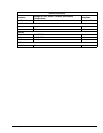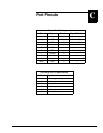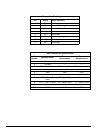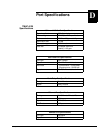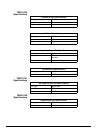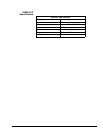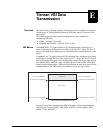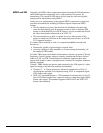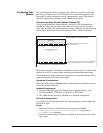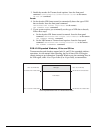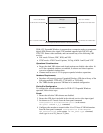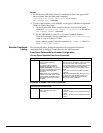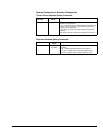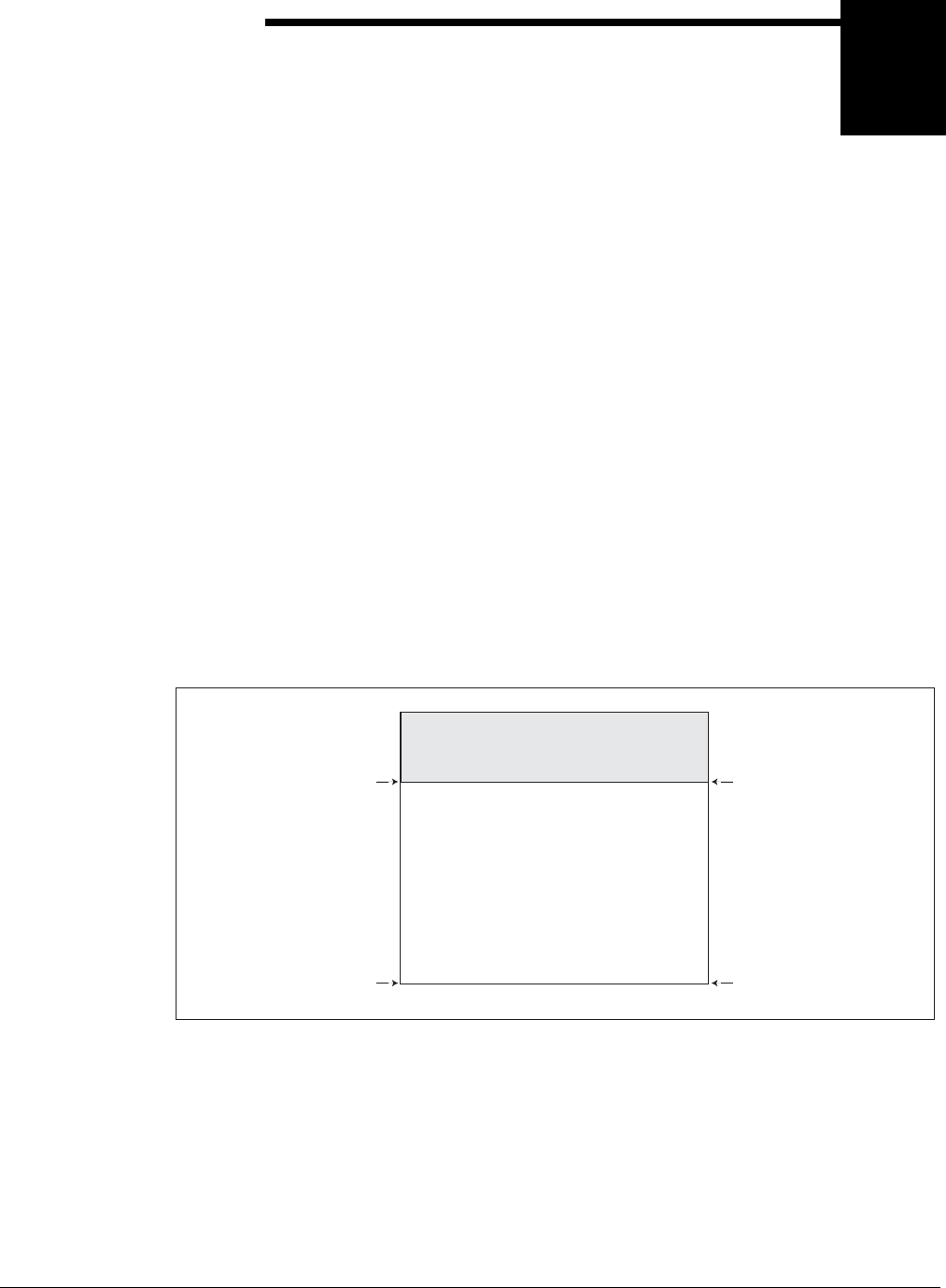
Tiernan VBI Data Transmission
01-0870-401B 01/03 71
E
Tiernan VBI Data
Transmission
Overview The latest series of Tiernan encoders and decoders can be configured to transmit
various types of Vertical Blanking Interval (VBI) data when it is present in the
input video.
The following decoders and encoders support one or more methods for
transmitting VBI data:
■ TDR6 – software 3.20 or later
■ TE6000A and TE6000 – software V2.21 or later
VBI Basics A standard NTSC TV signal consists of 525 horizontal lines, referred to as a
frame. Each frame is divided into two fields, each with 262 ½ lines. The first 21
lines of each field are the VBI region; the remaining lines contain the active video
picture.
A standard PAL TV signal consists of 625 horizontal lines, referred to as a frame.
Each frame is divided into two fields, each with 312 ½ lines. The first 22 lines of
each field are the VBI region; the remaining lines contain the active video picture.
For standard NTSC and PAL video encoding, the first 6 lines of the VBI region
contain vertical timing pulses. VBI data is not allowed on these lines, however the
remaining lines in the VBI region are available to carry any type of data.
Typical forms of data included in the VBI of broadcast video transmissions are
World System Teletext (WST), VPS, WSS, NABTS, Closed Captions, XDS,
AMOL, Vchip, and VITC.
Active Picture
VBI Region
Line 22 First Line of Active Video
Line 262 Last Line of Active Video
Normal
Field
for an Encoded Picture Frame
Lines 7 to 21 VBI Region
}
NTSC
Line 23 First Line of Active Video
Line 311 Last Line of Active Video
Lines 7 to 22 VBI Region
}
PAL



